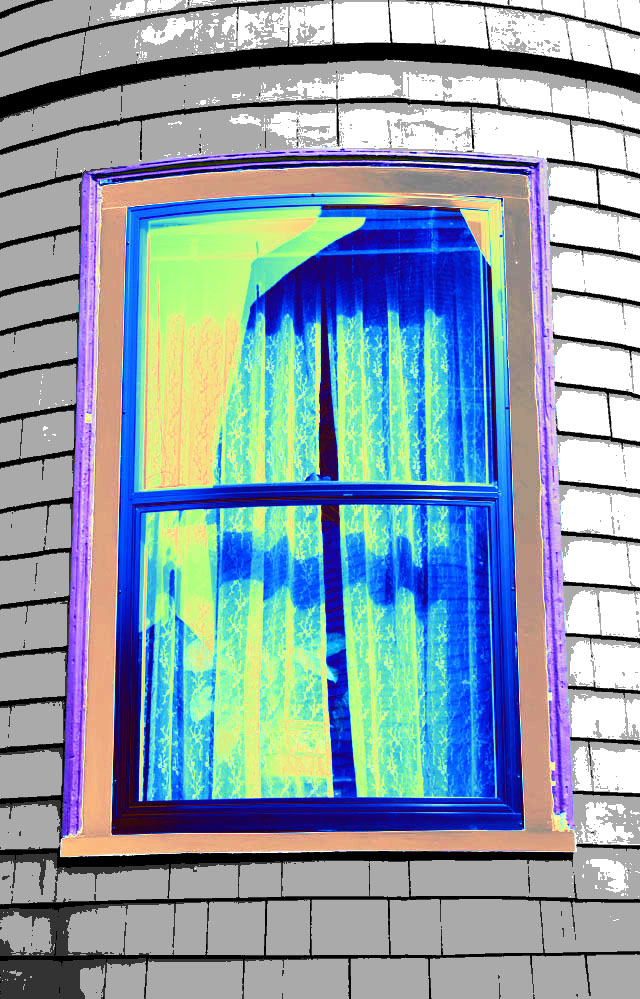Plasma plating for techno-mirrors
 Australian researchers have come up with a new plasma coating technology that could replace the rare earth metal indium, which is predicted to run out in coming years.
Australian researchers have come up with a new plasma coating technology that could replace the rare earth metal indium, which is predicted to run out in coming years.
A team from the University of Sydney has developed a low-cost, sustainable, and readily available technology that can dim the screens of electronic devices, anti-reflection automobile mirrors, and smart architectural windows at a fraction of the cost of current technology.
It could replace one of the world’s scarcest – yet highly ubiquitous in use – modern materials: indium. Indium is a rare chemical element that is widely used in devices such as smartphones and computers, windscreen glass and self-dimming windows.
Small amounts are used to manufacture smart device screens, but indium is expensive and hard to source, as it only occurs in small deposits.
Industrial indium is often made as a byproduct of zinc mining, which means a shortage could occur if demand for optoelectronic devices – such as LCDs and touch panels – ramps up.
But the local researchers have developed a plasma-generated, hybrid nanocomposite material which is free of indium, and offers a low-cost, accessible and environmentally sound electrochromic technology that allows glass to be dimmed at the push of a button or touch of a screen.
The plasma-generated material is composed of tungsten oxide and silver and can be applied to coat almost any solid surface, including flexible plastics.
Plasma is known as the fourth state of matter, and is created by adding energy to gas. Plasma is used most commonly in fluorescent light bulbs, neon signs and some television and computer screens.
“When you change the transparency of a wearable electronic or a smart window, an electrochromic device is doing the work,” said researcher Dr Behnam Akhavan.
“Until now, these devices have typically relied on materials like rare indium to do the job. What we have created is a manufacturer’s dream: a technology that removes the need for indium and instead uses a plasma-engineered, three-layered structure that is much cheaper to produce.”
More details are accessible here.








 Print
Print